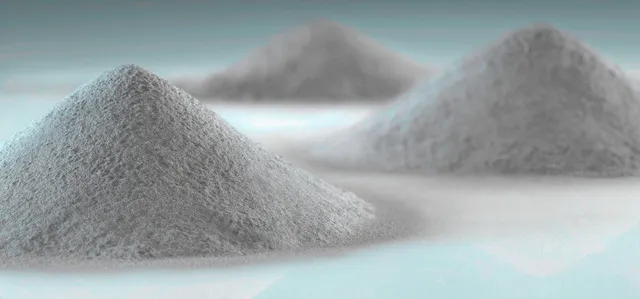Recycling of ceramic waste materials

The production and consumption of ceramics is increasing year by year, followed by tens of millions of tons of ceramic waste. At the same time, the harm caused by ceramic waste has also been widely criticized. With the widespread spread of concepts such as green development and sustainable development, it is particularly important to convert ceramic waste into recyclable resources.
At present, there are two main ways to reuse ceramic waste resources. One is direct processing to recombine various waste ceramic materials into decorations; the other is to recycle them as raw materials to make different products. Specific applications are as follows:
(1) Recycled handicrafts
Using ceramic waste and other waste generated during the production process as the main raw materials, various ceramic decorative arts are prepared through personalized design and recombination. The texture, pattern, color of the ceramic itself and the irregular patterns produced after the ceramic is broken have unique aesthetic value. These ceramic waste products are combined and processed through aesthetic design to produce handicrafts that can not only protect the environment, but also protect the environment. Unique beauty, it is a good green decorative material. This recycling method has relatively low utilization cost, simple production process, and can be designed to meet people’s individual needs, so it has extensive promotion value.
(2) As raw materials for processing
building materials
The main components of ceramic solid waste are silicates, so ceramic waste has certain activity. After treatment, its performance can meet the requirements of active mixed materials and can be used as cement mixed materials. In addition, ceramic solid waste can also be added as aggregate into concrete materials. The use of ceramic waste residue can not only save cement and reduce costs, but also reduce the internal temperature of concrete, enhance later strength, and improve corrosion resistance. Ceramic waste has become an indispensable and important component in the production of high-performance concrete.
Recycle heavy metals
Ceramic waste contains a variety of precious metals, especially silver and palladium, which are highly valuable for recycling. At present, the main methods for extracting precious metals from ceramic waste include liquid-liquid extraction, nitric acid dissolution-sodium carbonate reduction, etc. Recycling precious metals from waste materials to produce high-grade renewable resources not only disposes of waste materials, but also generates considerable economic benefits.
Recycled ceramic tiles
Ceramic waste can also be reused in the production of ceramics itself. For example, waste mud and water can be added to the ingredients of ceramic tiles after being recycled and iron removed. The unglazed green body can also be slurried and reused. The glazed green body waste can be mixed with mud and reused without affecting the glaze firing quality. The waste materials fired at high temperatures can be crushed and reused to recreate ceramics. At present, recycled ceramics from ceramic waste are mainly used to produce ceramic bricks, permeable bricks, antique bricks, porous ceramic plates, etc.
Other uses
Ceramic waste can be used to make fireproof and heat-insulating materials, and can also be used to make new ceramic building materials, such as sound-absorbing materials, shock-absorbing materials, water storage materials, etc. Piezoelectric ceramic waste can be mixed into damping and vibration-damping materials such as asphalt and rubber to improve the material’s vibration-damping performance.
